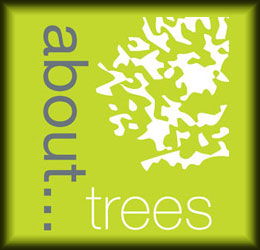Are your trees Autumn fit ?
Ok, so we in the south seem to have been lucky and escaped Ex-Ophelia – phew!! But are your trees Autumn fit ?
Autumn gales are a particularly treacherous time for trees, this is because they are still in full leaf when the high winds pick up. Combine this with high rainfall and saturated soils (quite often the case this time of year) and you have a perfect recipe for the unthinkable happening. Especially if there are hidden undiscovered issues with the tree to start with.
Trust us, we know this to be the case. Armed with over 20 years industry and tree knowledge there’s not a lot that can get past us. We have your best interests at heart.
Why not ask us to come and take a look and offer you good old fashioned honest advice. Quite often a decent visual check of a are can be done without even needing to climb the tree.

Autumn colours of a Liquidambar styraciflua – sweet gum
What would are you looking for?
A decent Arborist will be able to inspect a tree from round level, using the knowledge he or she has built up over the years. This will be fed back with a balanced approach to risk, this is based on many factors. Risk to buildings, possessions and most importantly life. Inspecting trees needs a level head, the desire to make “knee-jerk” reactions has to be controlled. We must remember trees were designed to stand up, they do this incredibly well.
Structural defects.
Structural defects, such as tears in branches, bark peeling off, compromised root systems, abnormal bulges and lumps in the actual structure of the tree. All of these can point toward a point of failure in the future. Unusual bulges can be areas that are weak and have been reinforced by the tree. The tree will put down very strong wood to try to re-inforce structural weaknesses. This is called “Reactive Wood” and it it is very strong.

A windblown Cupressos macrocarpa – Monterey cypress flattens a car and side of house Christmas eve 2013.
Fungi & trees.
This is the time of year that we can start to look for fungi on our trees. The presence of fungi either around the roots or maybe on the tree itself is not always a sign of impending demise, quite often fungi and tree lie in a mutually beneficial relationship. This is called a Symbiotic relationship.
However, sometimes the presence of fungi is not such great thing to spot, they can drastically reduce a trees ability to function on a vascular levels and also cause catastrophic structural weakness.

Meripilus giganteus – giant polypore; often found on Beech and is SERIOUS!

Laetiporus sulphureus – chicken of the woods; often found on the main stems of Poplar trees.

Armillaria mellea – honey fungus; beneficial in woodlands, not so great in your pride and joy garden.
These fungi affect their host trees in different ways, it takes an expert to be able to I.D. them and offer relevant advice.
There’s so much more that an Arborist can see, especially obsessed ones like us at About Trees. Allow us to make your trees Autumn fit this year Contact us


